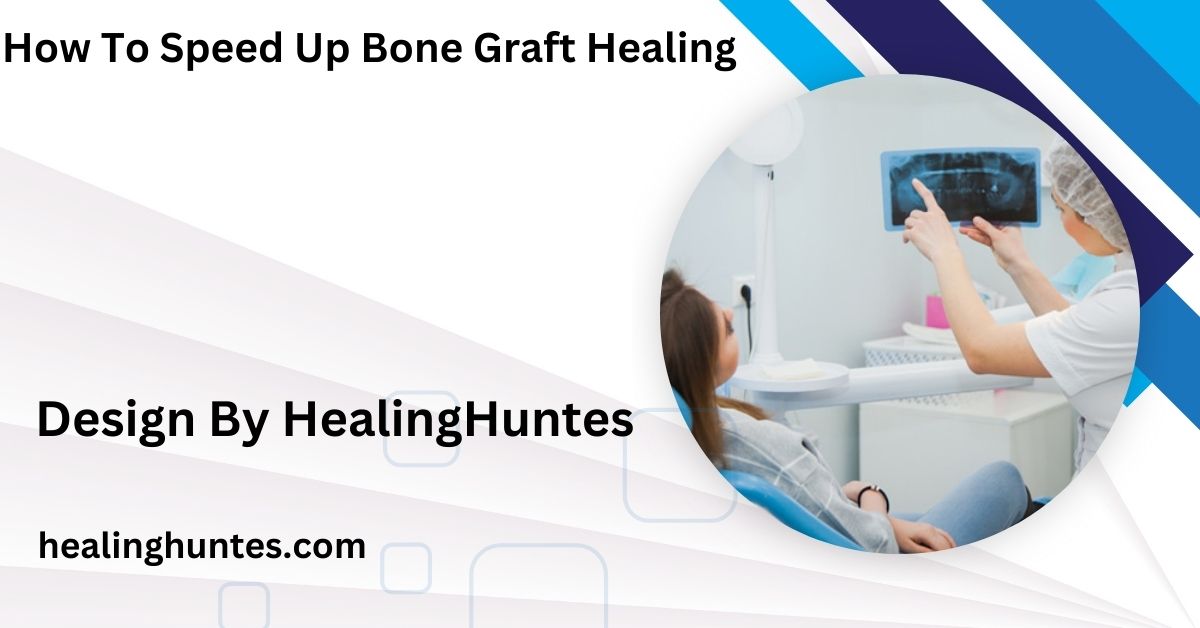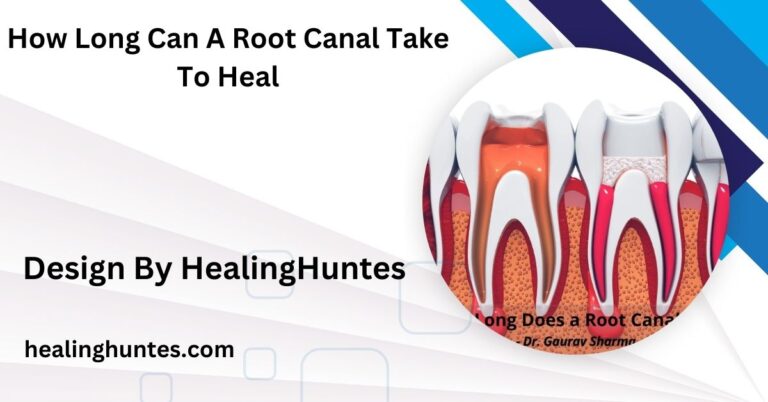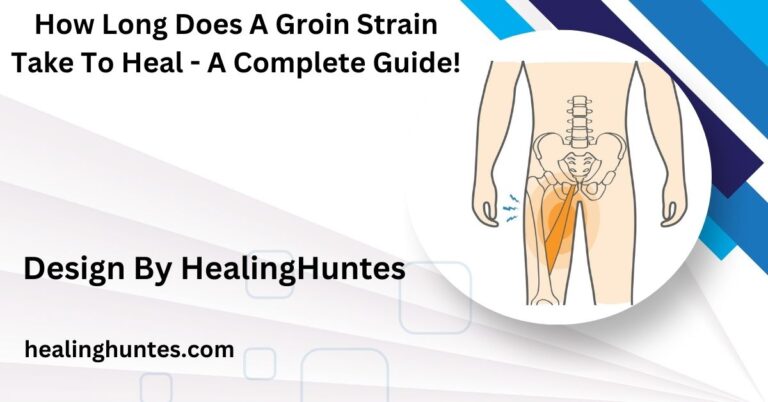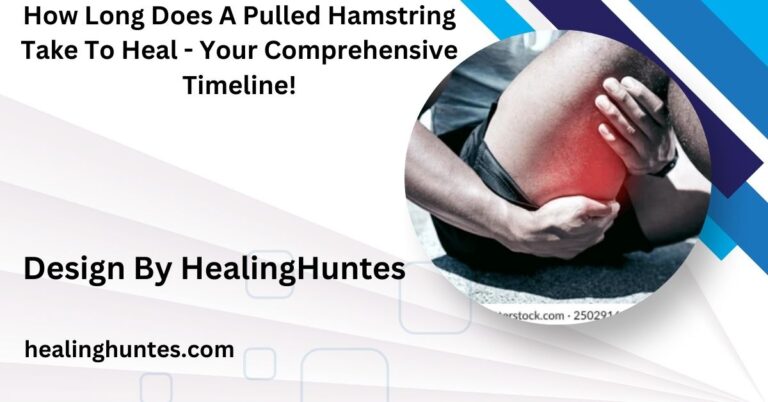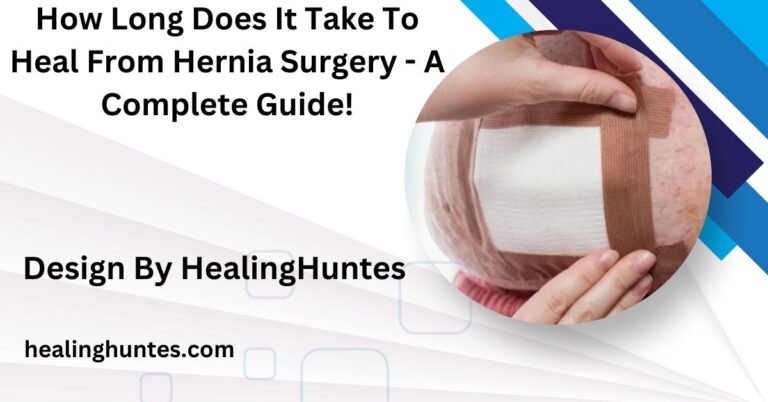How To Speed Up Bone Graft Healing – Effective Healing Tips!
To speed up bone graft healing, follow your surgeon’s instructions, eat a nutritious diet, stay hydrated, avoid smoking and alcohol, and consider supplements.
For your article “How to Speed Up Bone Graft Healing,” providing more detailed content can be especially valuable to readers looking for practical and medically sound advice. Here’s a more comprehensive and structured expansion:
Follow Your Surgeon’s Instructions Carefully:
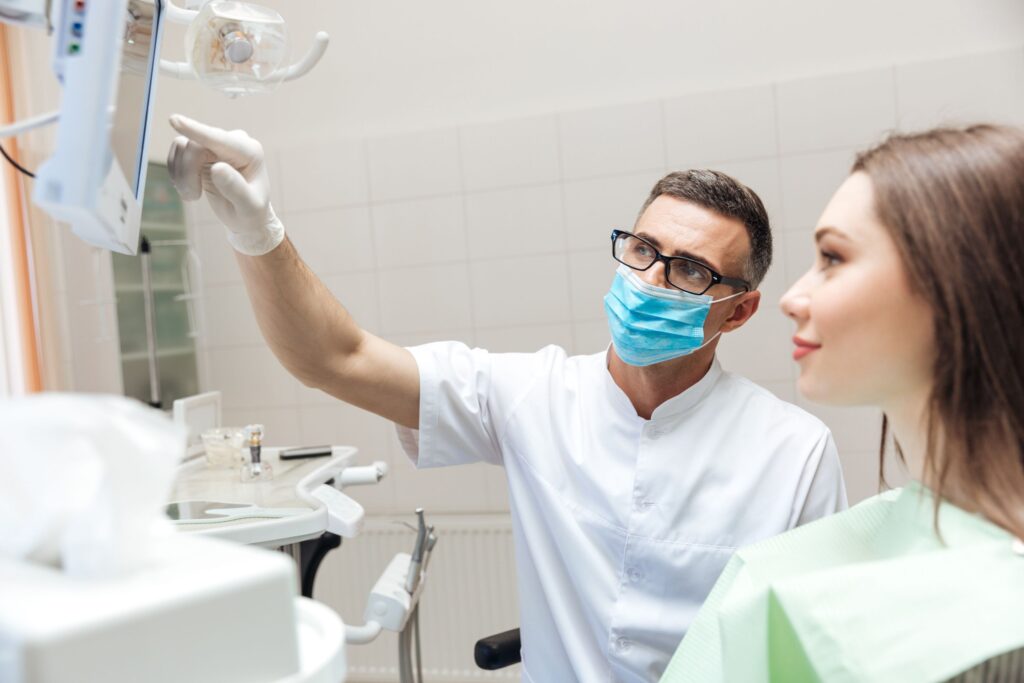
Following your surgeon’s instructions carefully is paramount for achieving optimal outcomes after a bone graft procedure. These instructions are specifically designed based on your individual medical history, the type of bone graft performed, and your overall health status. Adhering to these guidelines can significantly minimize complications, promote faster healing, and ensure that the graft integrates successfully with your existing bone
Maintain a Healthy, Nutrient-Dense Diet:
Nutrition is crucial for bone healing.A well-balanced diet rich in specific vitamins and minerals can support the body’s ability to regenerate bone tissue. Key nutrients include:
- Calcium: This mineral is essential for bone formation. You can get calcium from dairy products like milk, yogurt, and cheese, or from plant-based sources like broccoli, kale, and fortified non-dairy milk.
- Vitamin D: It aids in calcium absorption. Make sure to get some sunlight, and if necessary, supplement with vitamin D after consulting your healthcare provider.
- Vitamin C: Essential for collagen formation, which forms the foundation for new bone.Citrus fruits, bell peppers, and strawberries are outstanding sources.
- Protein: The building block of tissue repair. Lean meats, fish, tofu, and legumes are good protein sources to include in your diet.
- Magnesium and Phosphorus: These minerals work in tandem with calcium to promote bone health. Nuts, seeds, whole grains, and leafy greens are good dietary sources.
Avoid Smoking and Alcohol:
Smoking impairs blood flow and reduces the supply of oxygen and nutrients to the healing bone. Studies have shown that smoking delays the healing process and can increase the risk of graft failure. Similarly, alcohol can interfere with the healing process by impairing the body’s ability to absorb essential nutrients and by increasing inflammation in the body. Abstaining from both for several months post-surgery is highly recommended.
Stay Hydrated:

Staying well-hydrated is vital for maintaining the circulation of nutrients and oxygen to the bone graft site. Dehydration can lead to slower recovery and negatively impact your overall health. Make sure to drink plenty of water, especially during the initial stages of healing when the body is working hard to regenerate tissue.
Consider Supplementation:
In addition to a balanced diet, certain supplements may help speed up the bone graft healing process. Consult your healthcare provider to determine if these are appropriate for you:
- Calcium and Vitamin D supplements: are often recommended, especially if you’re not getting enough from your diet.
- Collagen supplements: have gained popularity for their potential to support tissue regeneration.
- Bone health supplements: that include magnesium, zinc, and other trace minerals may aid in recovery.
Use Ice and Pain Management Wisely:
Managing post-operative pain and swelling is crucial. Apply an ice pack to the affected area for 15-20 minutes at a time, especially in the first 48 hours post-surgery, to reduce inflammation and promote faster healing. Over-the-counter pain medications like ibuprofen can help, but avoid NSAIDs (non-steroidal anti-inflammatory drugs) long-term, as they may inhibit bone growth. Always consult your doctor before taking any medications.
Rest and Avoid Strain:

While staying active is important, overexerting yourself can disrupt the healing process. Avoid heavy lifting, vigorous exercise, or anything that may cause physical strain on the grafted area for the recommended recovery period. Allow the bone graft time to integrate and avoid activities that may cause trauma or pressure on the area. Short, light walks can promote circulation and are usually safe, but always check with your doctor.
Gentle Physical Therapy:
In some cases, your surgeon or doctor may recommend physical therapy. This is particularly common if the bone graft is part of an orthopedic procedure (e.g., for a spinal or knee injury). Physical therapy can help improve blood circulation, promote muscle strength, and enhance joint mobility, all of which are essential for successful recovery. However, it’s important to start with gentle movements under professional supervision to avoid complications.
Promote Blood Circulation:
Blood flow is crucial for delivering the necessary nutrients and oxygen to the healing bone graft site. Elevating the affected area (if possible), light movement, and avoiding long periods of inactivity can all improve circulation. Compression garments or stockings may also be recommended in certain cases to support circulation, but check with your surgeon before using them.
Ensure Good Oral Hygiene: (For Dental Bone Grafts):
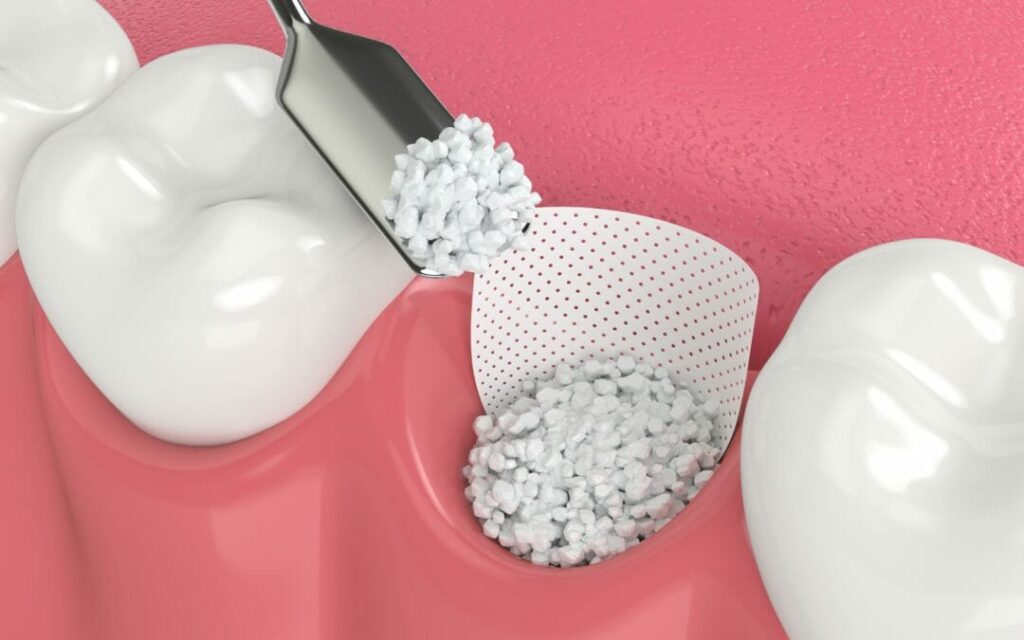
If you’ve had a dental bone graft, maintaining excellent oral hygiene is critical. Your surgeon may prescribe a special mouth rinse to reduce the risk of infection. Avoid brushing the graft site until it has healed sufficiently. Additionally, avoid using straws or engaging in any suction motion, as this can dislodge blood clots and interfere with healing.
Bone Stimulation Devices:
Bone stimulation devices, such as low-intensity pulsed ultrasound (LIPUS) or electrical bone growth stimulators, have been used in some cases to encourage bone growth and speed healing. These devices send painless signals to the graft site, which may stimulate cellular activity and enhance the healing process. Ask your doctor if this is a suitable option for your condition.
Monitor for Signs of Infection:
Infection can significantly delay bone graft healing or even lead to graft failure. Common signs of infection include increased pain, redness, warmth, or swelling at the graft site, as well as fever or drainage of pus. If you experience any of these symptoms, contact your healthcare provider immediately. Early treatment with antibiotics can prevent more serious complications.
Stay Positive and Be Patient:
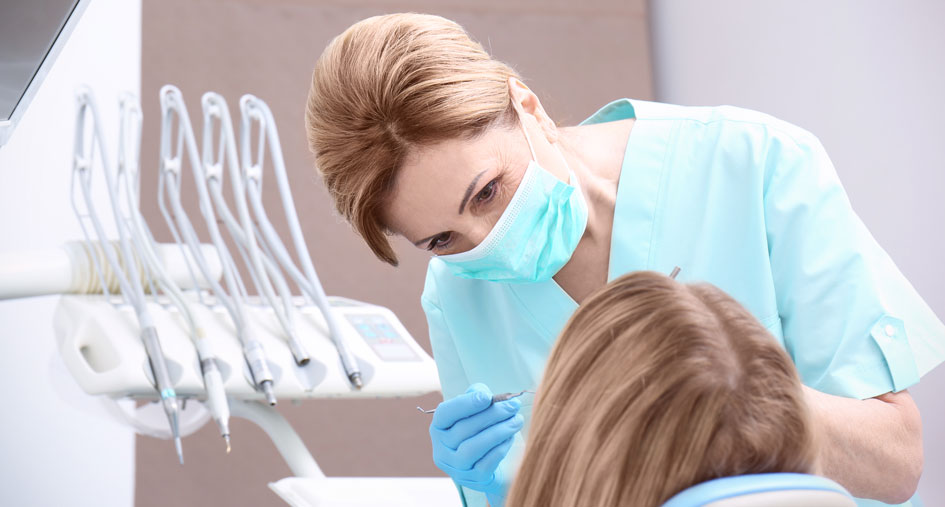
Healing from a bone graft can be a slow process, often taking several months. It’s important to maintain a positive mindset and give your body the time it needs to recover fully. Stress can negatively impact healing, so engaging in relaxation techniques like meditation or deep-breathing exercises may be helpful.
Follow Up Regularly with Your Surgeon:
Regular check-ups with your surgeon are essential to monitor the healing process. X-rays or other imaging tests may be required to assess how well the bone graft is integrating. Your surgeon can identify potential issues early and recommend adjustments to your treatment plan if necessary.
Incorporating these strategies into your post-surgical care routine can significantly enhance the speed and success of bone graft healing. Always consult with your healthcare provider before making any changes to your recovery plan, as individual needs can vary.
With proper care, patience, and attention to your overall health, you can promote faster healing and improve the success rate of your bone graft procedure.
FAQ’s
1. How can I speed up bone graft healing?
Follow your surgeon’s post-operative instructions, eat a nutrient-rich diet, stay hydrated, and avoid smoking and alcohol.
2. What nutrients are important for bone graft healing?
Key nutrients include calcium, vitamin D, vitamin C, protein, magnesium, and phosphorus.
3. Is physical therapy recommended after a bone graft?
Yes, gentle physical therapy may help improve circulation and mobility under professional supervision.
4. What should I do to manage pain and swelling after surgery?
Use ice packs for the first 48 hours and consult your doctor about pain management options.
5. How can I prevent infection after a bone grafting?
Maintain good hygiene, monitor for signs of infection, and follow your surgeon’s care instructions closely.
Conclusion
In summary, speeding up bone graft healing involves following your surgeon’s instructions, eating a nutritious diet, staying hydrated, and avoiding smoking and alcohol. Incorporating gentle physical therapy, managing pain and swelling, and monitoring for signs of infection are also essential for a successful recovery. Remember that healing takes time, so be patient and maintain a positive mindset. By focusing on these strategies, you can promote faster healing and improve the success of your bone graft procedure.
